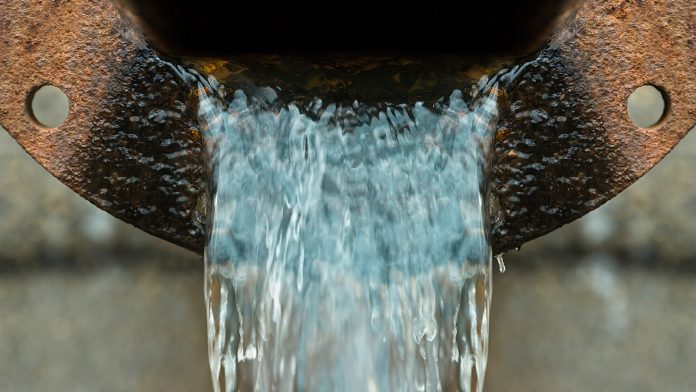
According to Rutgers scientists, medicine and personal care products from human excretion may lead to becoming water pollutants.
When an individual flushes the toilet, they probably don’t think about the traces of the medicine and personal care products in their body that are winding up in sewage treatment plants, streams, rivers, lakes, bays and the ocean. But Rutgers University-New Brunswick, USA, scientists have found that bacteria in sewage treatment plants may be acting as water pollutants and creating new contaminants that have not been evaluated for potential risks, which may affect aquatic environments.
Detecting personal care products
The scientists tested the ability of bacteria in sludge from a sewage treatment plant to break down two widely used pharmaceutical products: naproxen, a non-steroidal anti-inflammatory drug, and guaifenesin, an expectorant in many cough and cold medications.
They also tested two common compounds in personal care products: oxybenzone, a key ingredient in many sunscreens, and methylparaben, a preservative in common cosmetics.
According to the study, bacteria that do not require oxygen to grow in the sludge broke down methylparaben, but the microbes only partially broke down the three other chemicals – and created new contaminants in the process.
Abigail W. Porter, corresponding author and teaching instructor in the Department of Environmental Sciences at Rutgers University-New Brunswick, USA, explains: “The partial breakdown of pharmaceuticals and personal care products is important because it results in a stream of possible contaminants in waterways that may have biological effects on impacted environments.
“These contaminants and their potential risks have yet to be studied.”
Personal care products and medicines being an emerging concern
According to the U.S. Environmental Protection Agency, contaminants of emerging concern, including pharmaceuticals and personal care products, are increasingly found at low levels in surface water. There is concern that such chemical compounds, along with the increasingly reported cases of contaminated water supply not only act as water pollutants but may also have an impact on aquatic life and human health.
“Our findings can help us assess other widely used pharmaceutical and personal care products with similar chemical structures,” adds co-author Lily Young, Distinguished Professor in the Department of Environmental Sciences.
“By predicting or assessing the chemicals that might form during the breakdown process, we can identify and quantify them in the environment.”









